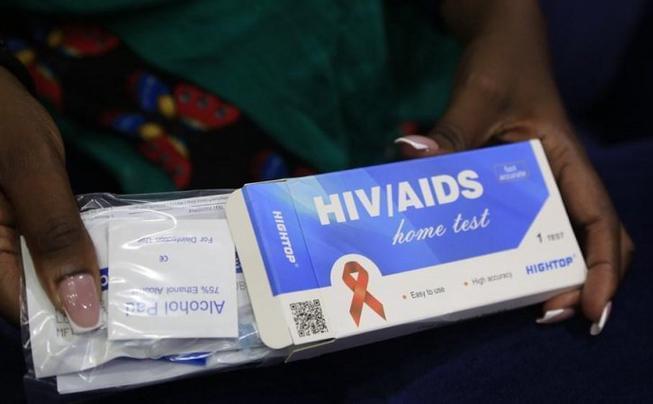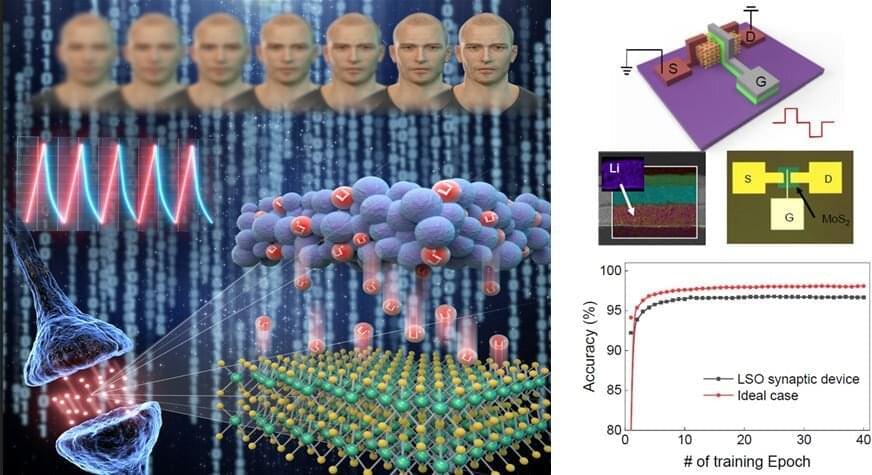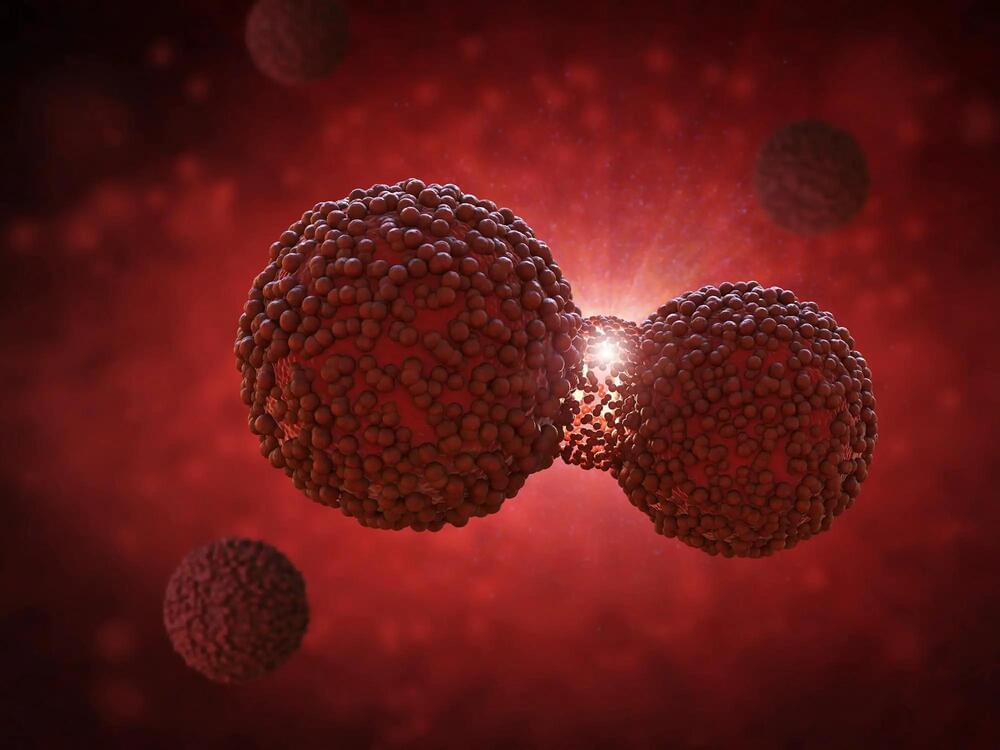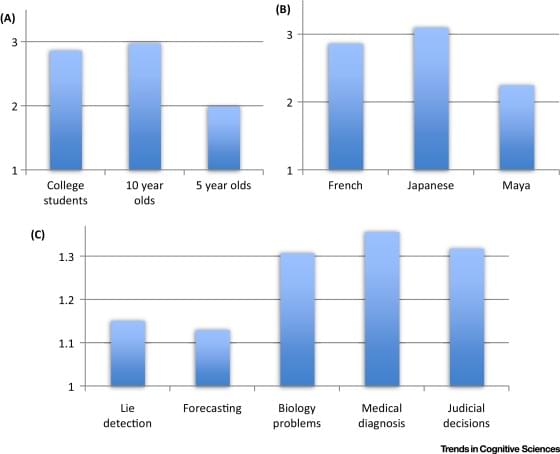Astronomers spotted the wake left by the supermassive black hole as it barrels across the disk after being kicked out during a galactic merger.



A well-known mineral is once again the center of attention thanks to applications in electronics: the Vienna University of Technology shows that mica still possesses some surprises.
At first glance, mica appears to be quite ordinary: it is a prevalent mineral found in materials like granite and has undergone extensive examination from geological, chemical, and technical standpoints.
At first, it may seem that there’s nothing groundbreaking that can be uncovered about such a commonplace material. However, a team from the Vienna University of Technology has recently published a study in Nature Communications.
Dark energy is the name physicists have given to the mysterious thing driving the universe’s accelerated expansion. It may be a force or a form of energy, and one piece of evidence suggests it is hidden inside black holes.

Feb. 20 (UPI) — Researchers at Dusseldorf University said Monday a fifth person has been declared free of HIV after a blood stem cell transplant during that patient’s treatment for leukemia. The revelation, disclosed in a study published Monday in the scientific journal Nature Medicine, said the patient, a 53-year-old man from Dusseldorf, Germany, tested positive for HIV in 2008 and developed leukemia three years later.

Since OpenAI has not open-sourced the code for ChatGPT, replicating the chatbot is a herculean task, and even the big-tech are struggling. But, AI startup Colossal-AI has found a way to build your own ChatGPT with less computing resources.
Towards this goal, the company has leveraged a PyTorch-based implementation that covers all three stages from pre-training, reward model training, and reinforcement learning. They offer a demo version of the training process that requires only 1.62 GB of GPU memory and can be done on a single consumer-grade GPU, with 10.3x growth on one GPU model capacity.
Check out the GitHub repository here.

A research team led by Dr. Yong-hun Kim and Dr. Jeong-Dae Kwon has successfully developed the world’s first neuromorphic semiconductor device with high-density and high-reliability by developing a thin film of lithium-ion battery materials. They achieved this by producing ultra-thin lithium ions, a key material of lithium-ion batteries that have been in the spotlight recently, and combining it with two-dimensional nano-materials. The research team is from the Surface & Nano Materials Division at the Korea Institute of Materials Science (KIMS).
A neuromorphic semiconductor device has synapses and neurons similar to the human brain, which processes and memorizes information. The synaptic device receives signals from neurons and modulates the synaptic weight (connection strength) in various ways to simultaneously process and store information. In particular, the linearity and symmetry of synaptic weights enables various pattern recognition with low power.
Traditional methods for controlling synaptic weights use charge traps between interfaces of heterogeneous materials or oxygen ions. In this case, however, it is difficult to control the movement of ions in the desired direction according to the external electric field. The researchers solved this problem with an artificial intelligence semiconductor device with high density by developing a thin film process while maintaining the mobility of lithium ions according to the external electric field. The thin film—with a thickness of several tens of nanometers—enables fine pattern processing while controlling the thickness of the wafer scale.

Metastasis occurs when cancer cells break free from a primary tumor and spread throughout the body, requiring them to sever connections with neighboring cells and migrate to other tissues. Signaling molecules released by the cancer cells drive both processes and thereby increase the malignancy of tumors.
A team of researchers led by Professor Robert Grosse and Dr. Carsten Schwan from the University of Freiburg discovered that the release of prometastatic factors, which drive the malignancy of tumors, is influenced by the cells’ skeleton. The findings were published in the journal Advanced Science.
What do you think?
The Electric Viking store/merchandise 👇👇
https://shop.theelectricviking.com/Size guide and other help for the store 👇
https://theelectricviking.com/the-electric-viking-products-size-guide/🔔 Subscribe and hit the notification bell! ► https://www.youtube.com/@electricviking?sub_confirmation=1Join me on Patreon ► https://www.patreon.com/theelectricvikingJoin as a member in The Electric Viking YouTube►
https://www.youtube.com/channel/UCjzi56cxvmEDwjo1Bd2Yxpg/joinMembers-only
Videos (see videos before anyone else)►
Please donate here for Shanna (Viking’s wife) if you can 👇👇
https://gofund.me/ef6650d7See what happened to Shanna:
https://youtu.be/D6Ah4IC4TLAGet a 10% discount on tickets to Fully Charged Live in 2023 (and meet me in person) using my discount code: EVFCLAU10
This code is for Australia only.
Buy ticket from here: https://tickets.lup.com.au/fully-charged-liveOur 10% discount code for London and San Diego will be released closer to the event dates. The Electric Viking is now on TikTok too, wanna join?
https://tiktok.com/@theelectricvikingThe Electric Viking on other platforms:
Rumble ► https://tinyurl.com/tevrumble.
Facebook page ► https://tinyurl.com/theevfb.
Facebook group ► https://tinyurl.com/theevfbgroup.
Twitter ► https://tinyurl.com/theevtwitter.
Instagram ► https://tinyurl.com/theevinstagram.
Pinterest ► https://tinyurl.com/theevpinterest.
LinkedIn ► https://tinyurl.com/theevlinkedIn.
Telegram ► https://t.me/theelectricvikingMy Stake referral link ► https://tinyurl.com/hellostake👇 See more about me 👇
https://youtu.be/YfuUwBA7Wx0👇 My Bali trip 👇
https://youtu.be/teGyu5zSaYI👇 Subscribe to my kids channel 👇
https://tinyurl.com/subscribetojackandcalSee more videos about Tesla:
Tesla Model 3 production paused for biggest changes in 5 years.
https://youtu.be/rP4AYkhsYAAShould you buy a Tesla now or wait for the NEW battery?
https://youtu.be/xWzhSrXD29IThe $1.2 trillion dollar market that Tesla aims to dominate by 2030
https://youtu.be/NGp2wPkVhu4Tesla sales grow 900% sales in Germany in January.
https://youtu.be/D6pHd103RtUTesla Model 3 now Australia’s top-selling passenger car in 2023
https://youtu.be/NJM6G9H8i50Why Tesla will never build a gigafactory in India.
https://youtu.be/EGyiEy0F8ZsMedia says Tesla price cuts in China cause competitor collapse.
https://youtu.be/RK60MO4A-ZYCathie Wood dumps 2 EV stocks; makes 31% gain betting on Tesla.
https://youtu.be/7tE8yP9N84YWhy Tesla’s NEW LG battery relationship puts GM in a precarious situation.
https://youtu.be/-xvQYRAL5IIGM invests $1 billion in V8’s, discards its battery partner & plays childrens games.
https://youtu.be/uQ2DwoZ2NIkGM & LG cancel 4th Ultium battery plant — GM looking for new partner.
https://youtu.be/rZfOjgpAXw4GM secretly working on small electric pickup truck to beat Ford Ranger.
https://youtu.be/4RMU1qed8TYGM delivers record Cadillac Lyriq deliveries in Q4 — 12 per month.
https://youtu.be/CiM_7d6bqNgGM regains US sales crown; Chevy Bolt becomes the EV for the people.
https://youtu.be/er8LFeKZ9OAGM recalls 140,000 Chevy Bolt EV’s for NEW fire risk.
https://youtu.be/Qr3x6Jzl_F8VW, Ford, BMW, GM, Toyota made a BIG promise they never kept.
https://youtu.be/l80zJYAy6zMEV sales in China in Q1 2022 are crucifying legacy auto.
https://youtu.be/EomHlRILGL4Amazing EV startup makes structural pack similar to Tesla 4680
https://youtu.be/qdySot4d0RIDisaster — legacy auto sales collapse in world’s largest car market.
https://youtu.be/5l9kjU0xSQMMy favourite NEW mini Electric car — the Lumin Corn.
https://youtu.be/0siHcXUzEu0Vinfast’s EVs go on sale in US & EU — Be VERY CAREFUL
https://youtu.be/t-RdwvAhulYThe most impressive electric SUV that no-one is talking about.
https://youtu.be/3O82Q29nyeEChina’s Electric car market goes CRAZY in Q1 2022
https://youtu.be/Vt6NBzRrtIMElectric car sales up 184% in China in February.
https://youtu.be/BPzfc0K1FTcHow Tesla plans to make TRAFFIC lights smarter with AI
https://youtu.be/FQty7p8bzks#tesla #gigafactory #employees #evproductions This channel may use some copyrighted materials without specific authorization of the owner; but content used here falls under the “Fair Use” Copyright Disclaimer under Section 107 of the Copyright Act 1976. Allowance is made for “fair use” for purposes such as criticism, comment, news reporting, teaching, scholarship, and research. Fair use is a use permitted by copyright statute that might otherwise be infringing. Non-profit, educational or personal use tips the balance in favor of fair use. Contact us for any copyright issues. If you want a credit of any footage we are using, please let us know. Website: https://theelectricviking.com/contact/
Email: [email protected] / [email protected]

The argumentative theory of reasoning suggests that the main function of reasoning is to exchange arguments with others. This theory explains key properties of reasoning. When reasoners produce arguments, they are biased and lazy, as can be expected if reasoning is a mechanism that aims at convincing others in interactive contexts. By contrast, reasoners are more objective and demanding when they evaluate arguments provided by others. This fundamental asymmetry between production and evaluation explains the effects of reasoning in different contexts: the more debate and conflict between opinions there is, the more argument evaluation prevails over argument production, resulting in better outcomes.
Watch this next video about the Future of Artificial Intelligence (2030 — 10,000 A.D.+): https://youtu.be/cwXnX49Bofk.
► Udacity: Up To 75% Off All Courses (Biggest Discount Ever): https://bit.ly/3j9pIRZ
► Brilliant: Learn Science And Math Interactively (20% Off): https://bit.ly/3HAznLL
► Jasper AI: Write 5x Faster With Artificial Intelligence: https://bit.ly/3MIPSYp.
SOURCES:
• Life 3.0: Being Human in the Age of Artificial Intelligence (Max Tegmark): https://amzn.to/3xrU351
• The Future of Humanity (Michio Kaku): https://amzn.to/3Gz8ffA
• The Singularity Is Near: When Humans Transcend Biology (Ray Kurzweil): https://amzn.to/3ftOhXI
Official Discord Server: https://discord.gg/R8cYEWpCzK
Patreon Page: https://www.patreon.com/futurebusinesstech.
💡 Future Business Tech explores the future of technology and the world.
Examples of topics I cover include:
• Artificial Intelligence & Robotics.
• Virtual and Augmented Reality.
• Brain-Computer Interfaces.
• Transhumanism.
• Genetic Engineering.
SUBSCRIBE: https://bit.ly/3geLDGO